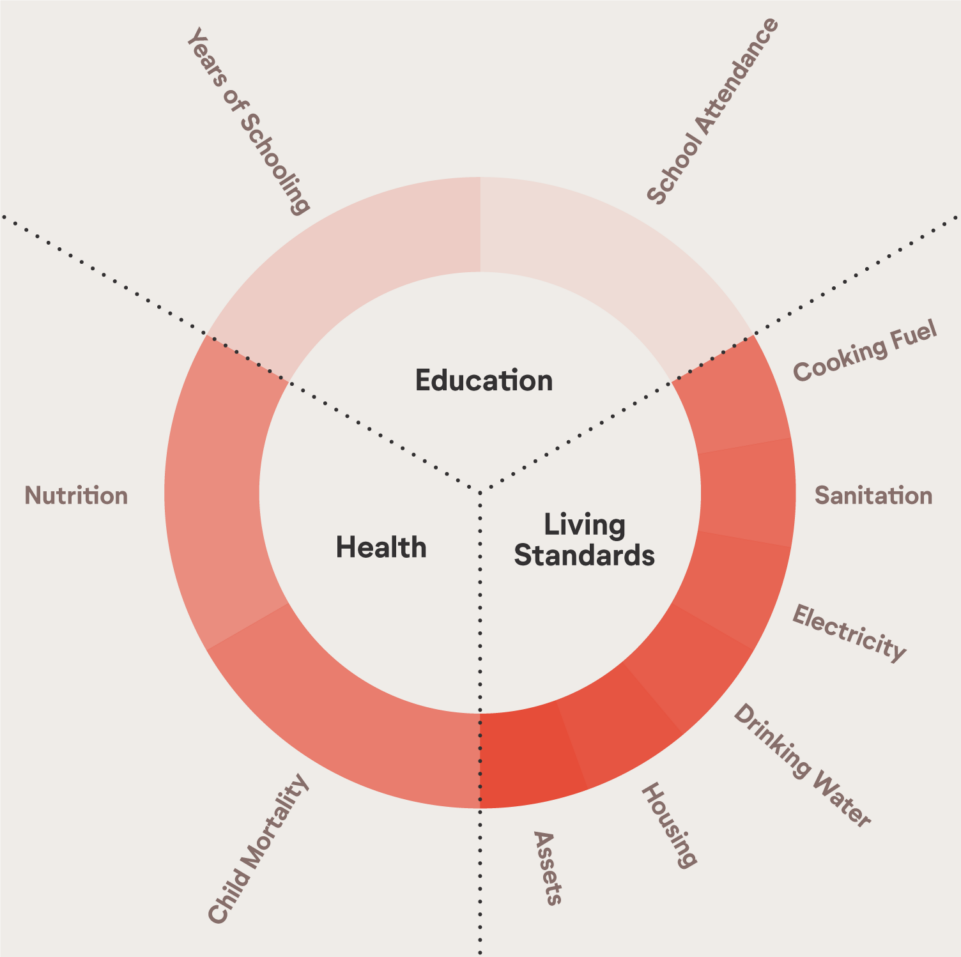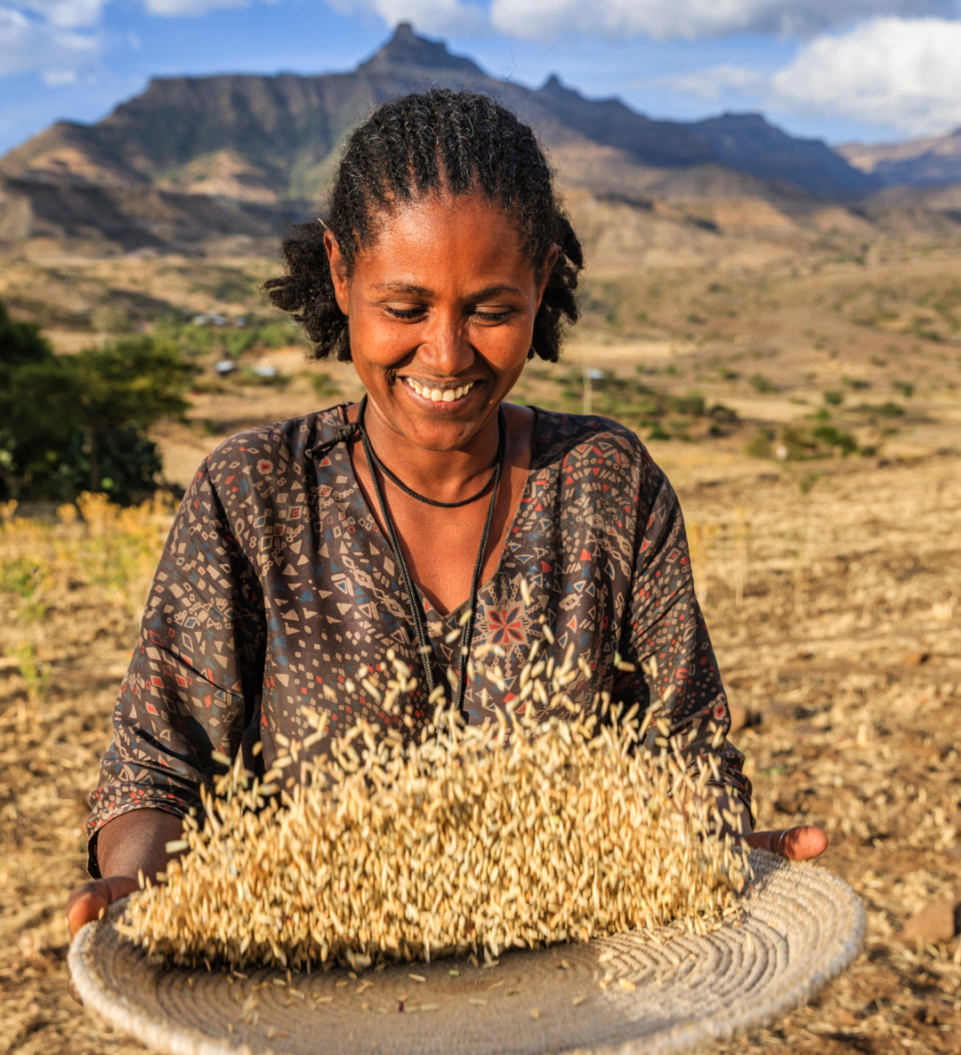Against Malaria Foundation works to prevent the spread of malaria by distributing long-lasting, insecticide-treated mosquito nets to susceptible populations in poor countries. Their annual demonstrated impact includes:
- Distributing 36.5 million mosquito nets over 12 months, protecting 66 million people. The impact of these nets is estimated to be 24,300 deaths averted, 12 to 24 million malaria cases prevented, and US$880 million in improved economic performance.



